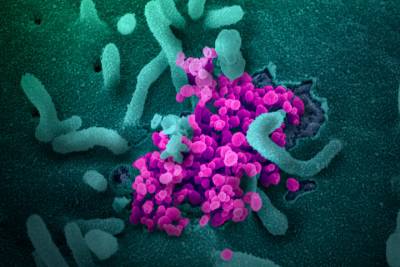Prepare Silk Fibroin
Background
Silk fibroin is a protein secreted by silkworms and can be collected from cocoons. Known for its biocompatibility and durable mechanical properties, silk fibroin has been attracting attention from a variety of industries, from textile to medical engineering. How, then, is it prepared for industrial use after getting extracted from a cocoon? Read below to follow the steps of preparing silk fibroin for use!

Materials
Ingredients
- Degummed silk fibroin
- Distilled water
- 23 g of calcium chloride
- 30 mL of ethanol
Equipment
- Oven
- Two dialysis clamps
- Dialyses tubing
- Balance
- 50 mL beakers
- Centrifuge
Protocol
- Combine distilled water, calcium chloride, and ethanol together. The resulting solution is called an Ajisawa’s reagent.
- Pack 5 g of degummed silk fibroin tightly into a 50 mL beaker.
- Pour 20 mL of the Ajisawa’s reagent into the beaker, making sure the silk fibroin is completely submerged.
- Place the beaker in the oven at 60°C for 4 hours or until all the fibroin has dissolved.
- Cut the dialysis tubing so that it fits into the beaker, and then hydrate it in the beaker containing the silk fibroin. Clamp one end tightly with a dialysis clamp.
- Let the solution cool, then carefully pour the solution into the dialysis tubing and clamp the other end.
- Dialyze against 1 L of distilled water. Change the water after 1 hour, 4 hours, that evening, the next morning and night, as well as in the morning on the following day (six changes total within 48 hrs).
- Place silk in a 50 ml conical tube. You may need to split it between two tubes if it is more than 40 ml, alternatively you can fill one tube and use a counterbalance of water.
- Centrifuge to remove impurities. Place in a centrifuge and spin at 9,000 r.p.m. (~12,700g) at 4 °C for 20 min.
The final product is a purified silk fibroin solution that is ready for industrial use!









